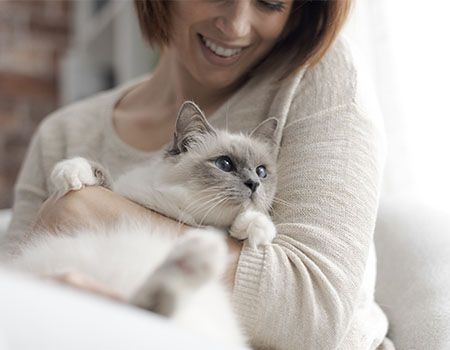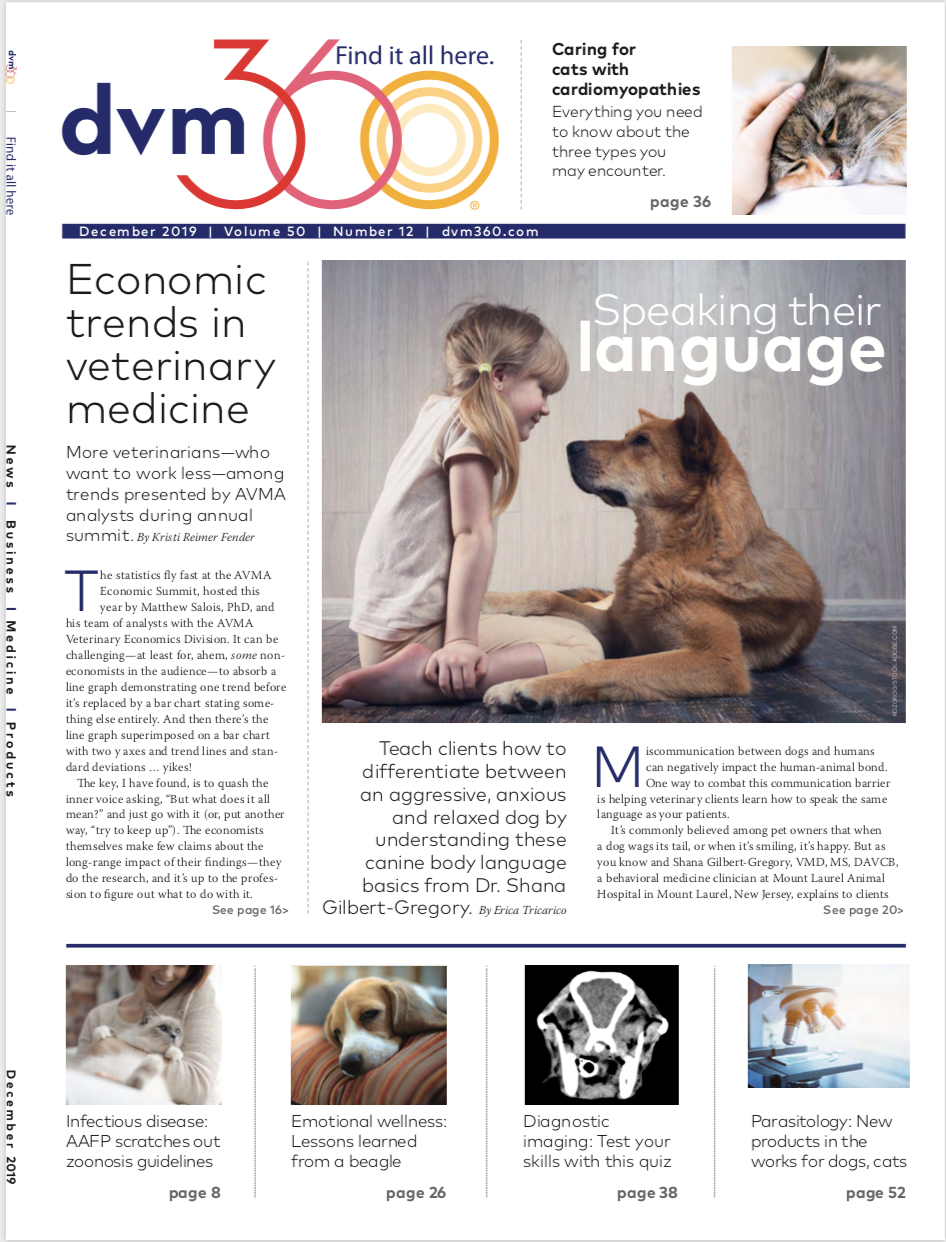AAFP releases new feline zoonosis guidelines
The feline-focused veterinary association has released its new feline zoonosis guidelines as well as a client brochure titled What can I catch from my cat?
stokkete/stock.adobe.com

The American Association of Feline Practitioners (AAFP) this month released new guidelines for feline zoonoses as well as a free client handout on the topic.
The 2019 AAFP Feline Zoonoses Guidelines and the brochure “What can I catch from my cat?” launched online but will also appear in the November issue of the Journal of Feline Medicine and Surgery, the official publication of AAFP and the International Society of Feline Medicine.
The guidelines cover enteric zoonoses; scratch, bite or exudate-exposure zoonoses; ocular and respiratory zoonoses; urogenital tract zoonoses; vector-borne zoonoses; and lessening the risk of zoonotic transfer of disease from cats. The client brochure discusses how zoonotic organisms are spread, provides examples of potential cat-associated zoonoses and discusses how to decrease risk to a cat owner.
To lower risk of feline zoonoses, the brochure recommends that cat owners involve veterinarians and veterinary practices by:
- Bringing sick cats to the veterinarian for diagnostic tests and treatments
- Bringing healthy cats to the veterinarian for annual physical checkups and wellness visits
- Administering the optimal internal parasite, flea and tick products recommended by the veterinarian to all cats
- Discussing human-related healthcare concerns with the veterinarian, who can help liaise with physicians.
A panel of veterinarians and physicians worked together on the new guidelines, which build on the AAFP's Feline Zoonosis Panel Report from 2003 and a panel report on feline bartonellosis in 2006. The recommendations of the panelists are based on published data when available, and recommendations of other public health affiliated groups were taken into consideration, according to a release from the organization.
Endorsing the new guidelines are the executive board of the World Small Animal Veterinary Association as well as the International Society of Feline Medicine. The document was also reviewed by the board of the Companion Animal Parasite Council.
